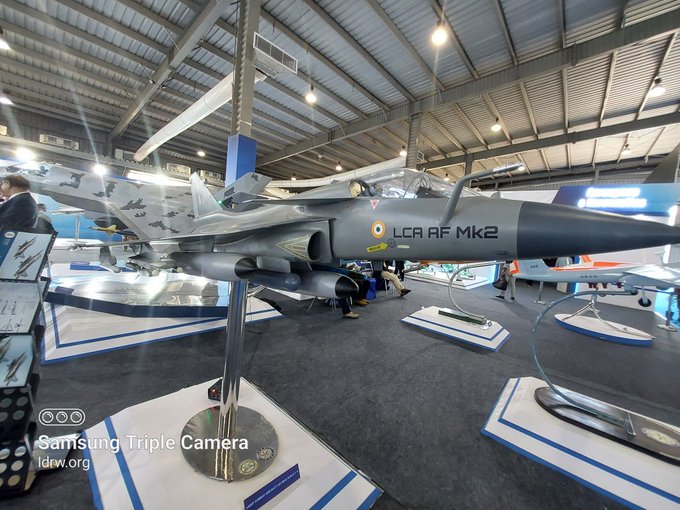SOURCE: RAUNAK KUNDE / NEWS BEAT / IDRW.ORG

The upcoming Tejas MkII fighter jet program is leaping forward with the incorporation of new, cost-effective manufacturing techniques for its composite fin and rudder assemblies. This collaboration between the Aeronautical Development Agency (ADA) and the National Aerospace Laboratories (NAL) promises a lighter, more efficient aircraft.
The key innovation lies in co-curing, a technique that allows for the simultaneous bonding of multiple composite layers during manufacturing. This reduces both weight and part count. By minimizing the number of mechanical joints, co-curing also improves structural efficiency.
ADA and NAL have been working together to develop and characterize high-strength intermediate modulus carbon composites specifically for this project. This successful collaboration has resulted in the creation of a Flaperon structural assembly, which NAL officially handed over to ADA on October 5, 2023.
This milestone paves the way for ADA to integrate these advanced materials into the design of the Tejas MkII’s critical components. These include the fin and rudder, wing spars, wing-fuselage fairings, fairing blocks, centre fuselage components, and even under-carriage doors.
The adoption of co-curing and high-strength composites promises significant benefits for the Tejas MkII program. The resulting aircraft will be lighter, stronger, and more cost-effective to produce, ultimately bolstering India’s domestic defence capabilities.
NOTE : Article cannot be reproduced without written permission of idrw.org in any form even for YouTube Videos to avoid Copy right strikes. Websites doing illegal reproductions will get DMCA and Legal Notices.